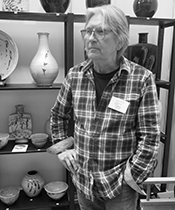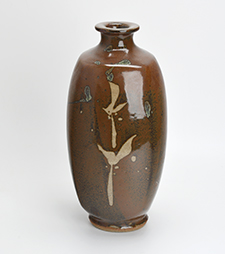| oakwoodceramics |
| HOME ABOUT ARTICLES CONTACT SHOP VITRINE |
|
|
| JIM MALONE |
 |
Iconic Japanese potter and designated Living
National Treasure Shoji Hamada, said there were two kinds of pots.
The first he compared to hot house plants, the second to the tree
growing on the mountainside. |
||
 |
|
SOLD |
|
|
|
|
Photography
by David Binch
©2021 oakwoodceramics All rights reserved | Shipping Policy | Privacy Policy Site by Oakwood Media
|